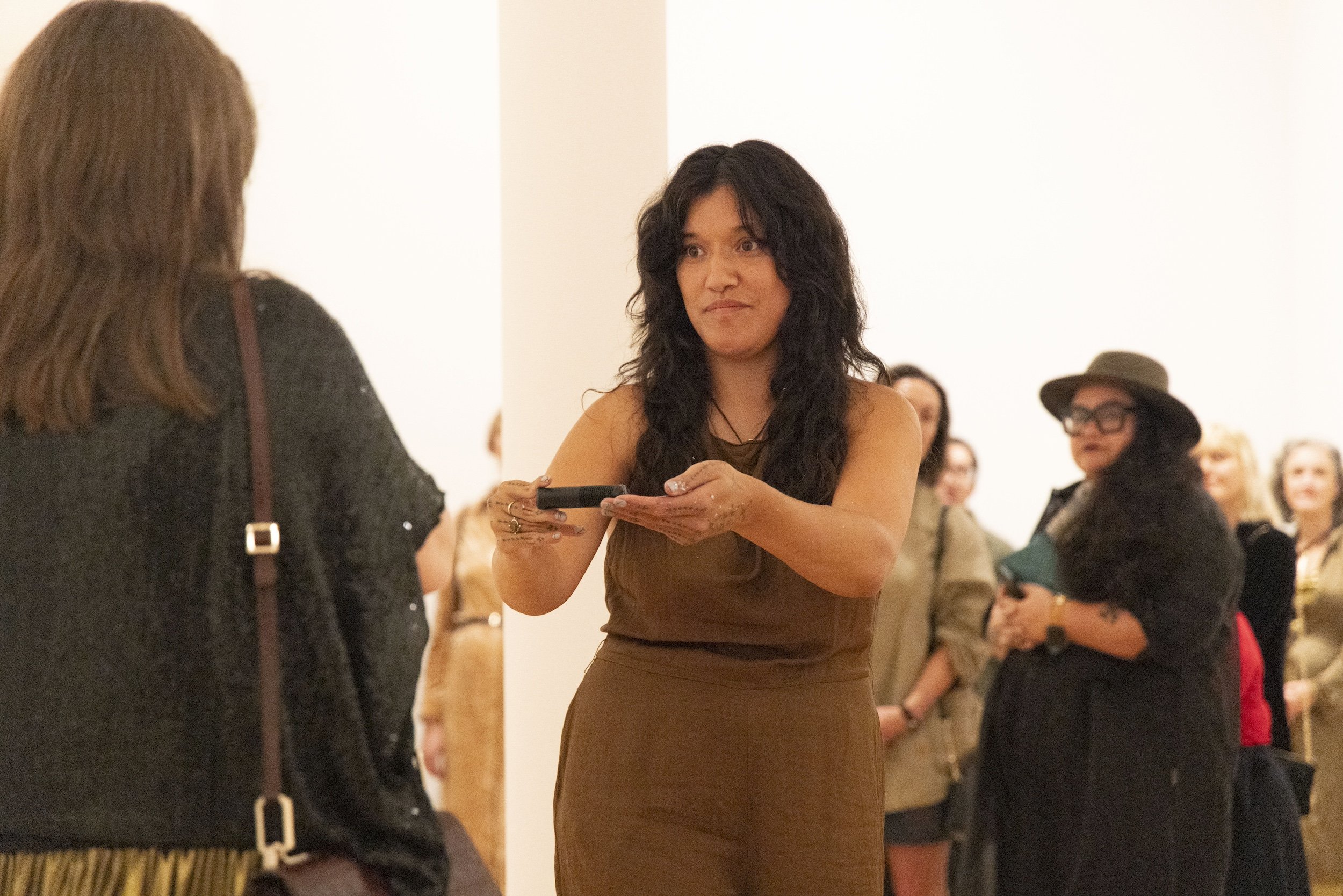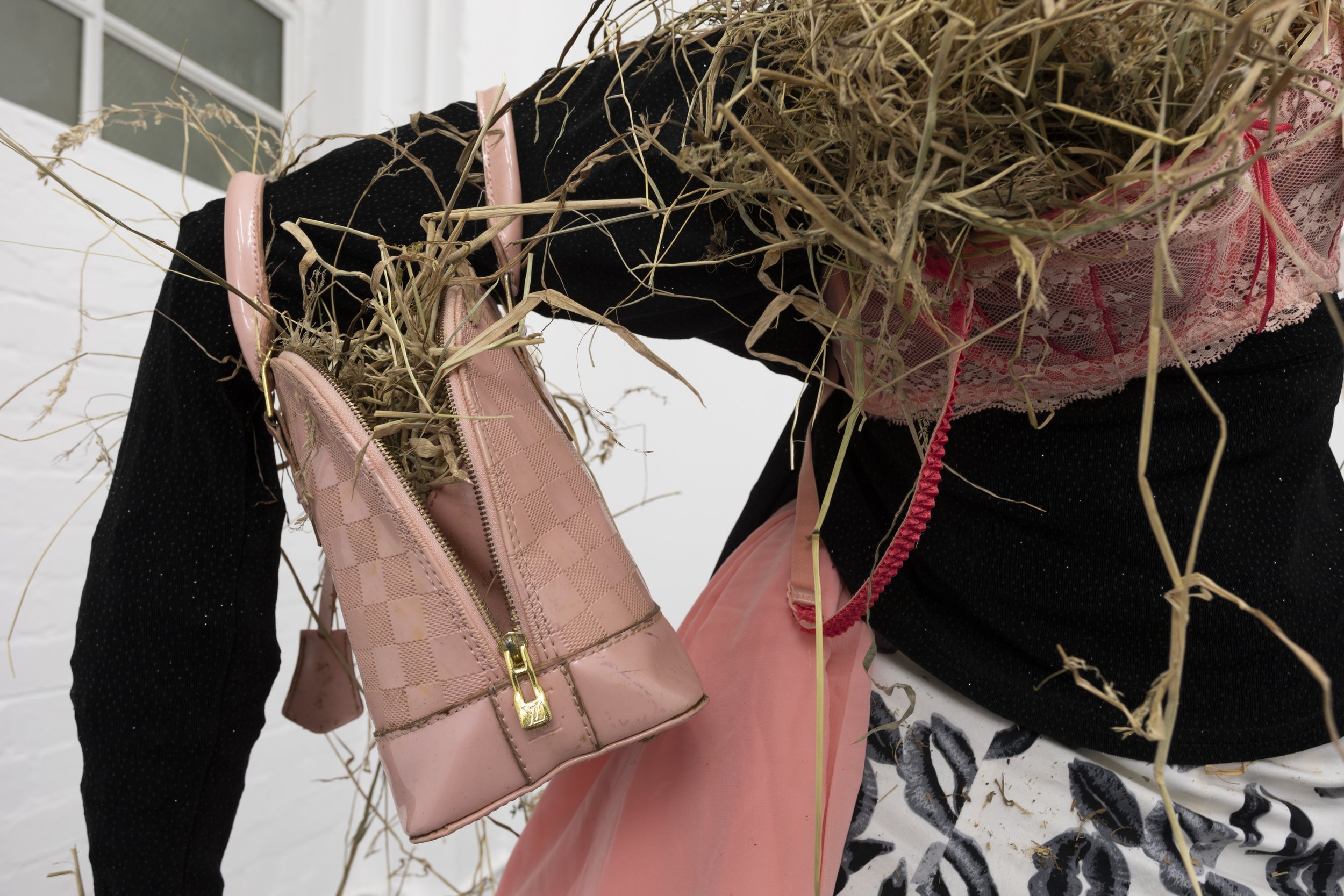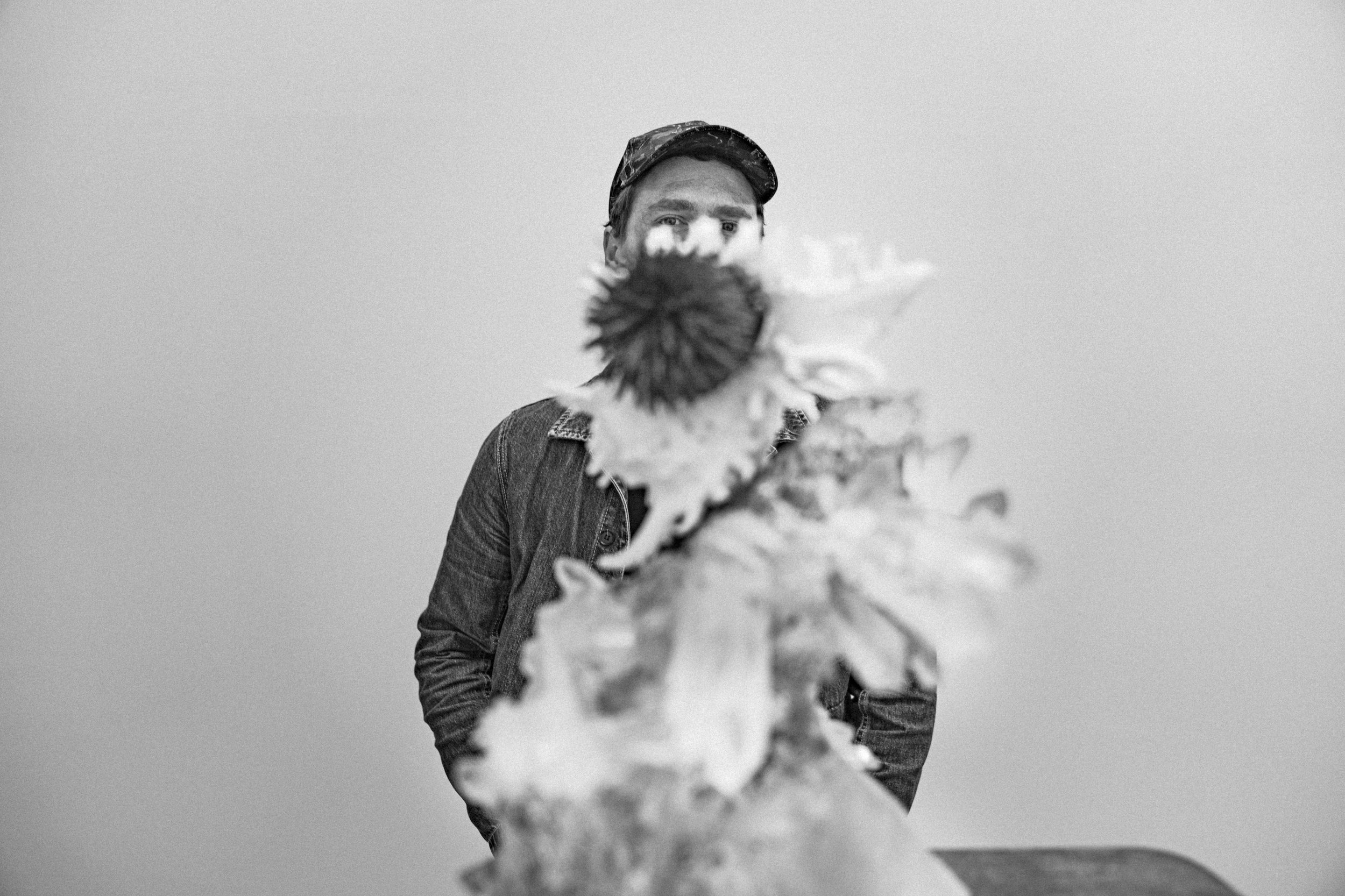Whenua as a catalyst for reconnection
For several years, Raukura Turei has been investigating the transformative power of whenua as a catalyst for reconnection and remembering. Her approach is plural, encompassing individual and collective knowledge exchange via pilgrimage, wānanga, gathering of materials, and documentation of sites significant to her whānau and its histories. Her spiritual homes, including marae and beaches, haven’t always felt available to Raukura due to the tragedy of broken relationships and disrupted whakapapa lines. Her transition into motherhood, and the accentuated spiritual and existential considerations that came with that experience, encouraged her to prioritise a return home.
Here, gallerist Jade Townsend speaks to Turei about her current exhibition at Season, Takoto ai te marino: Te hokinga mai—the final iteration of an exhibition that began at the Dowse Art Museum in Te Awakairangi Lower Hutt, travelled to the Suter Art Gallery Te Aratoi o Whakatū in Whakatū Nelson. The pair traverse Turei’s making and the power of exploring identity on your own terms.
JADE TOWNSEND: Your work appears to reveal contradictions—the reality of existing as multiple, with many different ways of being in the world. In your works in Takoto ai te marino: Te hokinga mai, the whenua is manipulated to fix its life cycle. It becomes ‘stable’ as a collectable painting. I know that in other works and shows, the material was left in a natural state to dry and then purposefully crumble away. Can you share with me an insight into your decisions and modes of operating?
I use my art practice as a way to redefine for myself what my identity is—something always evolving and in flux, stable with the right infrastructure or dynamic and responsive to the environment at other times. I didn’t know that instinctively from the beginning but I look back now and see that in my work. I am rebuilding my connection to whenua in many different ways. In the process of collecting the whenua and bringing it into the studio it is now something different. It’s a material that I am forming a dialogue with so I can start retelling its histories, while also taking onboard some of the histories it will always carry from where it’s from. Then, I start to mix the whenua with different binders, creating consistencies that are both natural and artificial, that can elevate and make it react in ways it would have never experienced in the natural world. There is chemistry that goes on!
I know from my architecture practice that there is an inbuilt idea of structure, an idea of having a very pragmatic and planned approach—very practical. My art practice began with a rigid set of parameters that allowed my body to lead instead of my mind. It has been a slow migration from that regimented place into the free-flowing, intuitive, wairua-led practice that I now allow myself.
I was wondering how the sensibilities from the architecture world might lend themselves to your art. But perhaps more unlearning goes on than crossover. Does the whenua, with its inherent characteristics and its relationship to your body, lead the intentionality of the work?
I don’t think I would have the ability to be as reductive as I am if I hadn’t gone down the architecture route and if I didn’t have the sensibilities that I love from the architecture world. There is so much tactility in the painting practice. That is how architects want to be working, but in practice they don't because they are stuck behind computers. There is something about touching your materials constantly and working with your hands … When I think about my pieces, I don’t think about them constrained by the stretcher; I think of them as part of a much bigger expanse, even if they are only a little piece. I am just testing out and manipulating something that is part of a much bigger picture, which is why when I work on a small piece I can envisage it being an enormous piece and it will translate really well. It just depends who the piece is for and where it might go.
When I think about what working with whenua means … I am working with materials that are a taonga beyond a scope that I can even comprehend. It comes, deeply, from a sense of not having whenua that I know is my whānau’s, on my Māori side. For a long time, I didn't have a place where I knew exactly where I whakapapa to, and that is still evolving. The idea of working with materials in a tangible way is me reconciling what it might mean to have a bit that we can see is ours, or something that is very special to our whānau. I seek a way we can honour, share, and elevate our whānau histories, histories that are often pretty dark. But that doesn’t mean that we can’t dive in and find the real—real—moments that still resonate with meaning for us.
You touch on a relatable experience for many people who might not have all the relationships or information to know where home is, exactly.
When I was hapū with Hinauri it became clear to me that I needed to forge this path back to the places we had lost contact with—marae, water, and people—by myself, rather than wait for someone to start this process for me.
Yes, I respect the way you felt the pull to go home and leant into it. No matter how scary or unknown it was to step into that reality …
I think we often wait or are waiting for an excuse and hapūtanga made it urgent. I needed to do this work for my tamariki because its value benefits the wider community.
How do you deal with your work encompassing personal and subjective feelings as well as representing the collective memory of your broader whānau, hapū, iwi?
The stories I share are fragments that I have collected over the years and pieced together for myself as a new fabric reflecting how I personally view the landscape of my whānau’s history. It is the whenua and the stories it is imbued with that determine how I might apply, mix, or build an artwork, and what its life cycle might be. There are artworks that need to stay within the whānau, others that are temporary or fleeting, then those that can become part of someone else’s art collection as I have always intended that these stories are shared.
When I think about the wider whakapapa that connects all the works I can see that art offers a language for the parts I don’t have a direct account for in our whānau history. How can I bring these events, stories, and people that I am learning about into a realm where place and time aren’t fixed, where there aren’t gaps, where stories overlap—an imagined space where tīpuna can meet and exist together, no longer defined by the hardships they faced when they were alive? How can I get to a place where I can feel comfortable with my understanding of our whakapapa? The knowledge is always there to be sought out, but there is also a lot of mamae. So how do you move through the painful bit, the awkward bit?
When I mix different whenua to represent these alternate realities and emotional states, and when the whenua from one rohe is combined with another, I might see them pull away and crack as they set or they might unify and sparkle in a way I could never have imagined. What I observe in my work and in my whakapapa belongs to a small private moment but it is also connected to a much bigger, collective picture.
Raukura Turei, Takoto ai te marino: Te hokinga mai, runs through 23 November 2024 at Season.
All photos: Greta van der Star
Watch an interview clip with Raukura here.
















